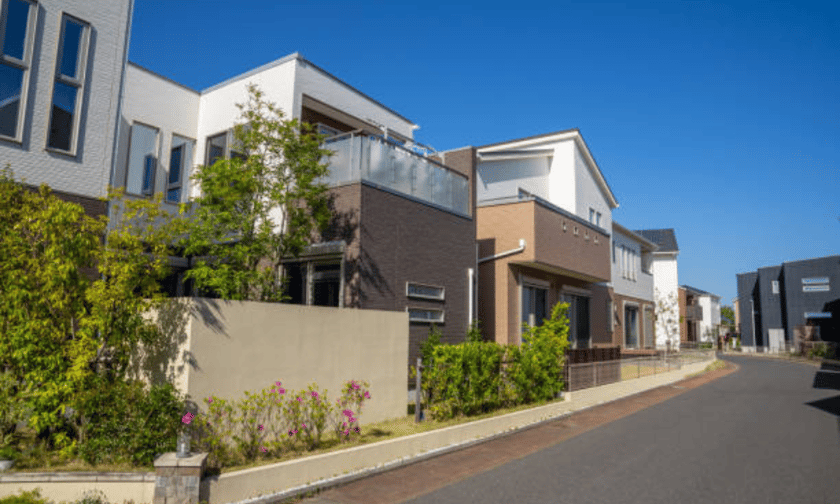

Japan’s property insurance industry is forecasted to grow to JPY3.6 trillion (US$26.5 billion) by 2028, expanding at a compound annual growth rate (CAGR) of 2.8%, according to GlobalData.
The market, measured in gross written premiums (GWP), is expected to rise from JPY3.2 trillion (US$22.4 billion) in 2024.
The Japanese property insurance sector saw a 0.9% decline in 2023, primarily due to under-pricing of natural catastrophe (Nat-cat) policies, as rising disaster-related claims and costs impacted profitability.
Despite this, GlobalData projects that growth will resume in 2024, driven by higher demand for Nat-cat insurance and expansion in the construction and energy sectors.
Aarti Sharma, an insurance analyst at GlobalData, said the frequency of natural disasters in Japan is increasing risk awareness, pushing insurers to retain more risk amid rising reinsurance costs.
“The rise in the frequency of nat-cat events in Japan is fuelling the growth of property insurance, leading to heightened risk perception, which will prompt primary insurers to enhance their retentions in response to the rising reinsurance costs,” she said.
She added that inflation is raising claim costs, leading to increased premiums, which will further drive market growth.
Japan’s susceptibility to natural disasters, including earthquakes and typhoons, is a key factor in the property insurance market.
In 2024, fire and natural hazard policies are projected to make up 84.7% of total property insurance premiums.
Significant events in 2024, such as the January earthquake in the Noto Peninsula, which resulted in JPY90.97 billion (US$579 million) in payouts by May, and the August earthquake in Kyushu, have contributed to rising insured losses. Typhoon Shanshan, which hit Kyushu in late August, further impacted the market.
The construction sector is expected to support growth in property insurance.
According to GlobalData, Japan’s construction industry is forecast to grow at an average annual rate of 1.1% between 2025 and 2028, supported by investments in renewable energy, manufacturing, and commercial projects.
As the Japanese government seeks to increase renewable energy’s share in the energy mix and expand nuclear power’s contribution to 20% to 22% by 2030, insurers will need to adapt to risks related to renewable energy infrastructure, such as solar farms and hydroelectric plants.
Advances in technology, particularly artificial intelligence (AI) and the Internet of Things (IoT), are expected to play a growing role in Japan’s property insurance market. These technologies are anticipated to improve pricing, underwriting, and risk management, making insurance operations more efficient and responsive to emerging risks.
In the agriculture sector, Japan is addressing labour shortages and an aging workforce through increased automation, including AI-equipped robots for crop monitoring and harvesting. These innovations could reduce crop losses, potentially lowering claims on agricultural insurance.
Sharma noted that the Japanese property insurance market will continue to expand, driven by increased demand for Nat-cat coverage and growth in the construction, energy, and agricultural sectors. Insurers will need to adjust their coverage models and use technology to manage new risks effectively.
“The evolving landscape of the Japanese property insurance market will prompt insurers to adjust their coverage models and adapt to new risks with the help of technological advancements,” she said.
On a broader scale, the Asia-Pacific (APAC) property insurance market is set to experience substantial growth, with GlobalData predicting that written premiums will increase from $93.1 billion in 2023 to $152.2 billion by 2028, growing at a CAGR of 10.8%.
Key players in the APAC market, including China, Japan, and Australia, are expected to dominate, accounting for over 75% of regional written premiums by 2024.
